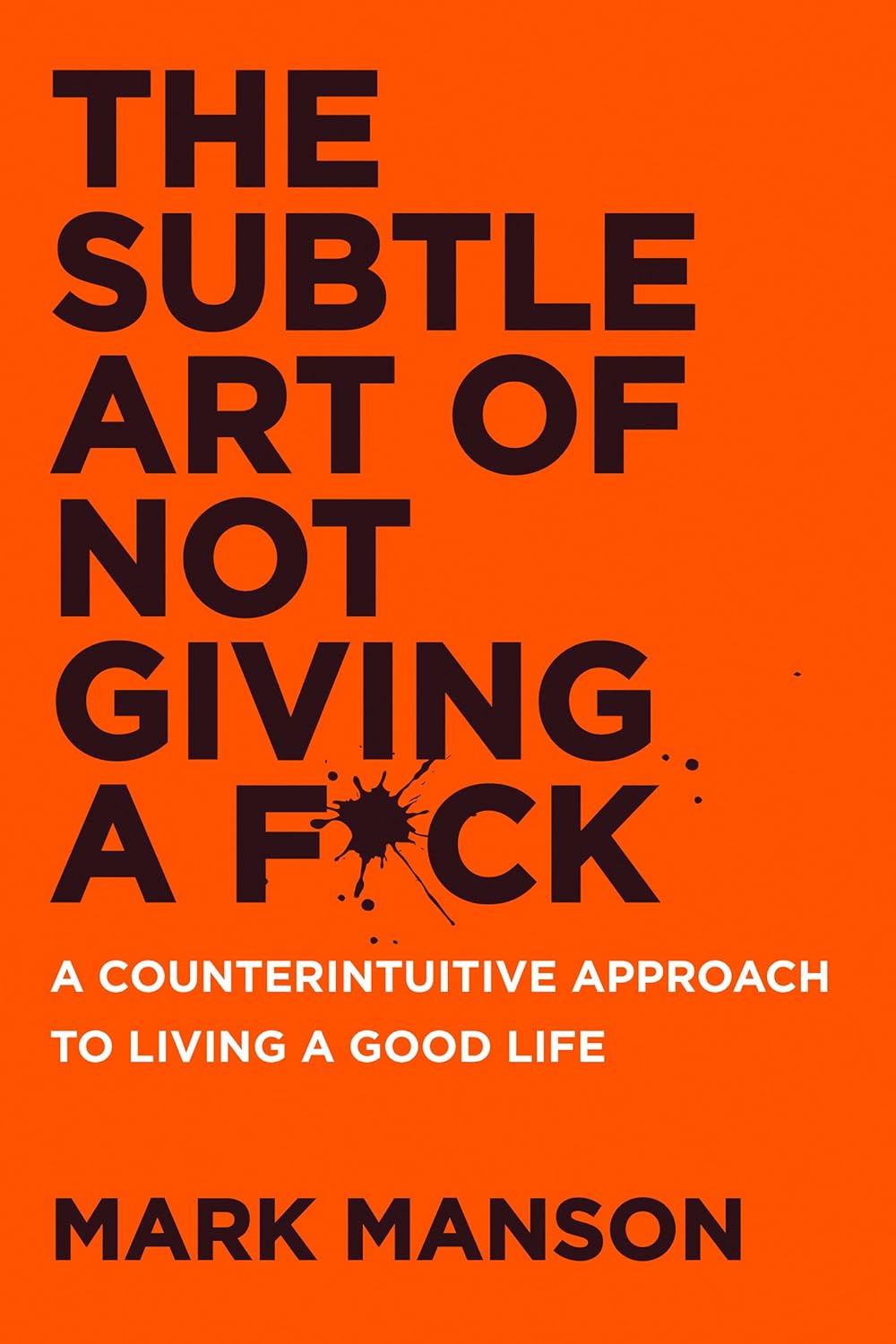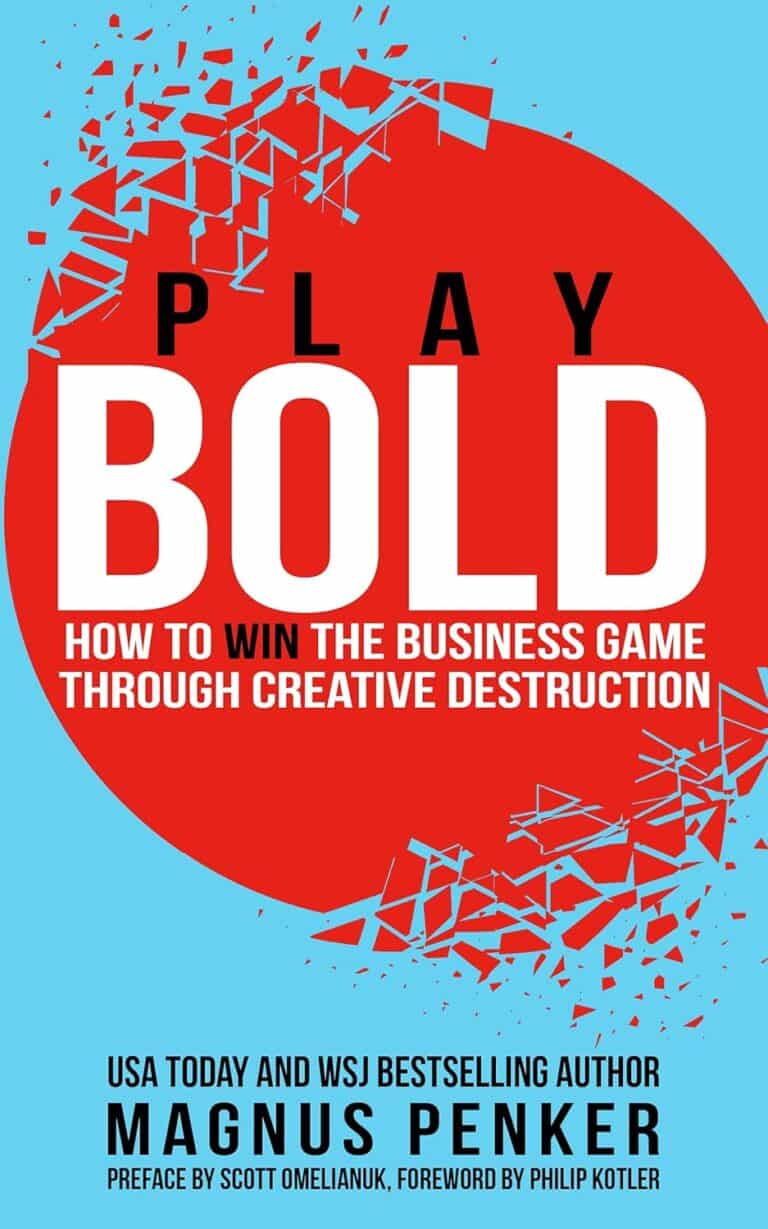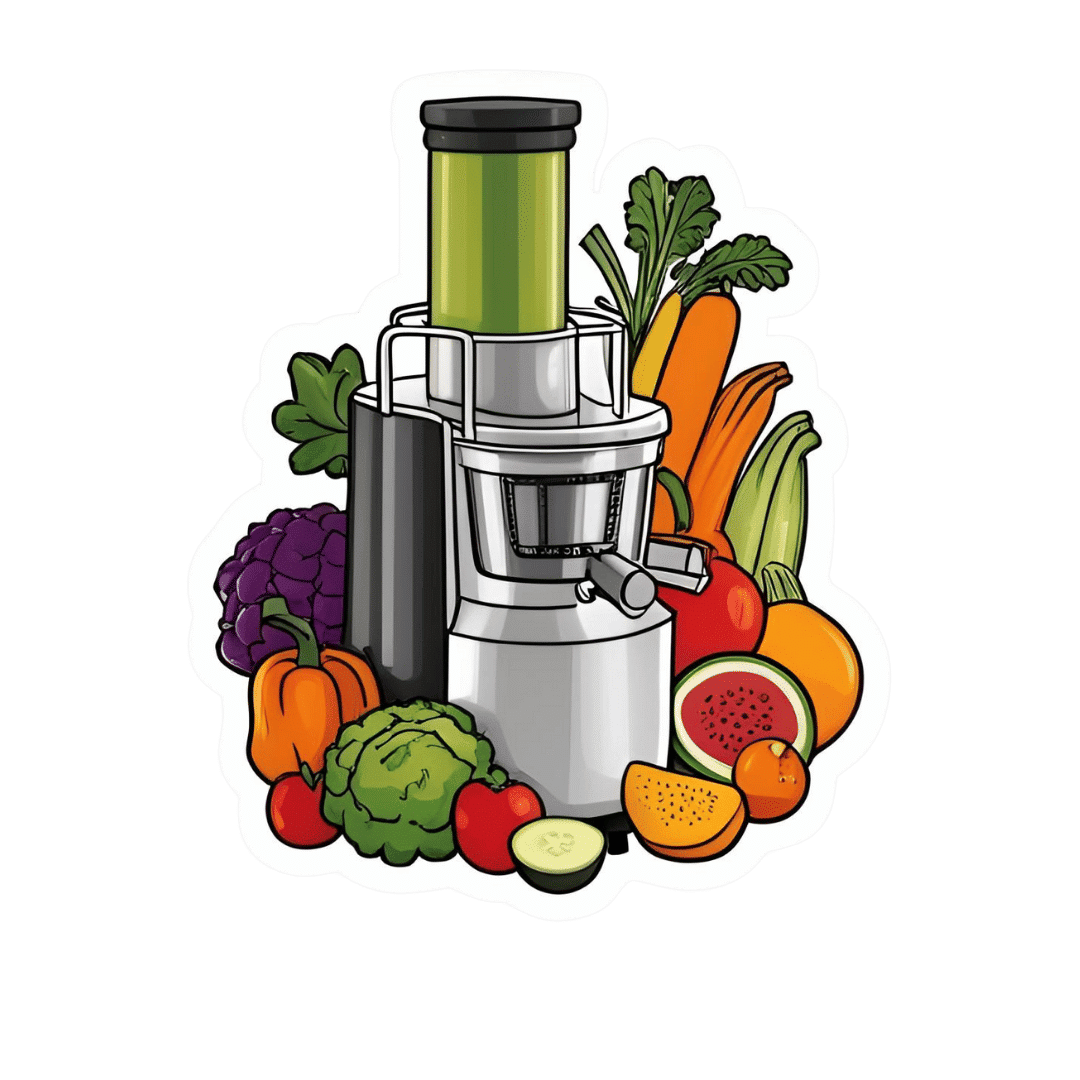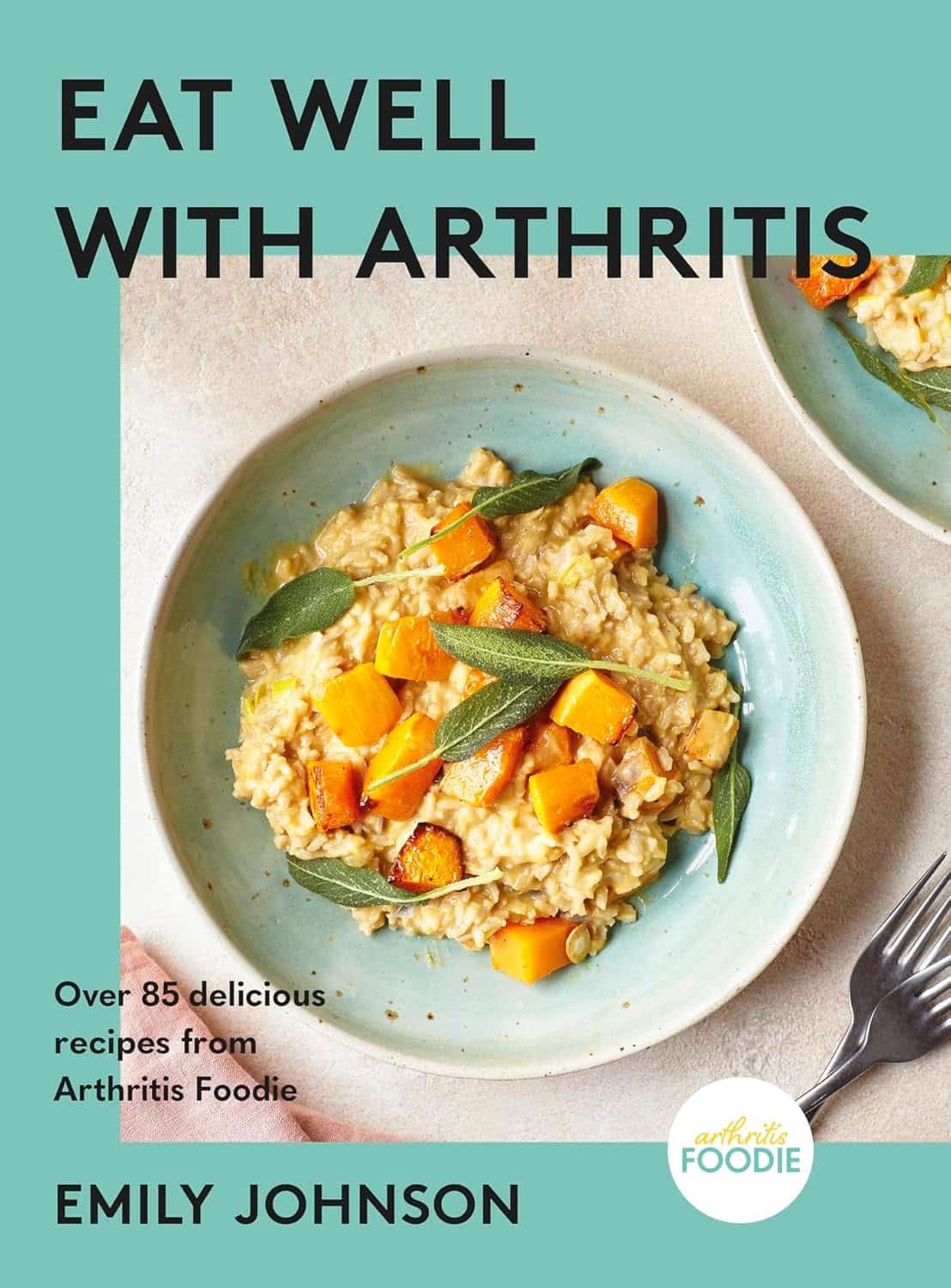
The Subtle Art of Not Giving a F*ck – by Mark Manson
10almonds is reader-supported. We may, at no cost to you, receive a portion of sales if you purchase a product through a link in this article.
You may wonder from the title: is this book arguing that we should all be callous heartless monsters? And no, it is not.
Instead, author Mark Manson advocates for cynicism, but less in the manner of Scrooge, and more in the manner of Diogenes:
- That life will involve struggle, so we might as well at least choose our struggles.
- That we will make mistakes, so we might as well accept them as learning experiences.
- That we will love and we will lose, so we might as well do it right while we can.
In short, the book is less about not caring… And more about caring about the right things only.
So, what are “the right things”? Manson bids us decide for ourselves, but certainly has ideas and pointers, with regard to what may or may not be healthy values to pursue.
The style throughout is casual and almost conversational, without being overly padded. It makes for very easy reading.
If the book has a weak point, it’s that when it briefly makes a suprisingly prescriptive turn into recommending we take up Buddhism, it may feel a bit like our friend who wants us to join in the latest MLM scheme. But, he’s soon back on track.
Bottom line: if you ever find yourself stressed with living up to unwanted expectations—your own, other people’s, and society’s—this book can really help streamline things.
Don’t Forget…
Did you arrive here from our newsletter? Don’t forget to return to the email to continue learning!
Recommended
Learn to Age Gracefully
Join the 98k+ American women taking control of their health & aging with our 100% free (and fun!) daily emails:
-
We’re the ‘allergy capital of the world’. But we don’t know why food allergies are so common in Australian children
10almonds is reader-supported. We may, at no cost to you, receive a portion of sales if you purchase a product through a link in this article.
Australia has often been called the “allergy capital of the world”.
An estimated one in ten Australian children develop a food allergy in their first 12 months of life. Research has previously suggested food allergies are more common in infants in Australia than infants living in Europe, the United States or Asia.
So why are food allergies so common in Australia? We don’t know exactly – but local researchers are making progress in understanding childhood allergies all the time.
Miljan Zivkovic/Shutterstock What causes food allergies?
There are many different types of reactions to foods. When we refer to food allergies in this article, we’re talking about something called IgE-mediated food allergy. This type of allergy is caused by an immune response to a particular food.
Reactions can occur within minutes of eating the food and may include swelling of the face, lips or eyes, “hives” or welts on the skin, and vomiting. Signs of a severe allergic reaction (anaphylaxis) include difficulty breathing, swelling of the tongue, swelling in the throat, wheeze or persistent cough, difficulty talking or a hoarse voice, and persistent dizziness or collapse.
Recent results from Australia’s large, long-running food allergy study, HealthNuts, show one in ten one-year-olds have a food allergy, while around six in 100 children have a food allergy at age ten.
A food allergy can present with skin reactions. comzeal images/Shutterstock In Australia, the most common allergy-causing foods include eggs, peanuts, cow’s milk, shellfish (for example, prawn and lobster), fish, tree nuts (for example, walnuts and cashews), soybeans and wheat.
Allergies to foods like eggs, peanuts and cow’s milk often present for the first time in infancy, while allergies to fish and shellfish may be more common later in life. While most children will outgrow their allergies to eggs and milk, allergy to peanuts is more likely to be lifelong.
Findings from HealthNuts showed around three in ten children grew out of their peanut allergy by age six, compared to nine in ten children with an allergy to egg.
Are food allergies becoming more common?
Food allergies seem to have become more common in many countries around the world over recent decades. The exact timing of this increase is not clear, because in most countries food allergies were not well measured 40 or 50 years ago.
We don’t know exactly why food allergies are so common in Australia, or why we’re seeing a rise around the world, despite extensive research.
But possible reasons for rising allergies around the world include changes in the diets of mothers and infants and increasing sanitisation, leading to fewer infections as well as less exposure to “good” bacteria. In Australia, factors such as increasing vitamin D deficiency among infants and high levels of migration to the country could play a role.
In several Australian studies, children born in Australia to parents who were born in Asia have higher rates of food allergies compared to non-Asian children. On the other hand, children who were born in Asia and later migrated to Australia appear to have a lower risk of nut allergies.
Meanwhile, studies have shown that having pet dogs and siblings as a young child may reduce the risk of food allergies. This might be because having pet dogs and siblings increases contact with a range of bacteria and other organisms.
This evidence suggests that both genetics and environment play a role in the development of food allergies.
We also know that infants with eczema are more likely to develop a food allergy, and trials are underway to see whether this link can be broken.
Can I do anything to prevent food allergies in my kids?
One of the questions we are asked most often by parents is “can we do anything to prevent food allergies?”.
We now know introducing peanuts and eggs from around six months of age makes it less likely that an infant will develop an allergy to these foods. The Australasian Society of Clinical Immunology and Allergy introduced guidelines recommending giving common allergy-causing foods including peanut and egg in the first year of life in 2016.
Our research has shown this advice had excellent uptake and may have slowed the rise in food allergies in Australia. There was no increase in peanut allergies between 2007–11 to 2018–19.
Introducing other common allergy-causing foods in the first year of life may also be helpful, although the evidence for this is not as strong compared with peanuts and eggs.
Giving kids peanuts early can reduce the risk of a peanut allergy. Madame-Moustache/Shutterstock What next?
Unfortunately, some infants will develop food allergies even when the relevant foods are introduced in the first year of life. Managing food allergies can be a significant burden for children and families.
Several Australian trials are currently underway testing new strategies to prevent food allergies. A large trial, soon to be completed, is testing whether vitamin D supplements in infants reduce the risk of food allergies.
Another trial is testing whether the amount of eggs and peanuts a mother eats during pregnancy and breastfeeding has an influence on whether or not her baby will develop food allergies.
For most people with food allergies, avoidance of their known allergens remains the standard of care. Oral immunotherapy, which involves gradually increasing amounts of food allergen given under medical supervision, is beginning to be offered in some facilities around Australia. However, current oral immunotherapy methods have potential side effects (including allergic reactions), can involve high time commitment and cost, and don’t cure food allergies.
There is hope on the horizon for new food allergy treatments. Multiple clinical trials are underway around Australia aiming to develop safer and more effective treatments for people with food allergies.
Jennifer Koplin, Group Leader, Childhood Allergy & Epidemiology, The University of Queensland and Desalegn Markos Shifti, Postdoctoral Research Fellow, Child Health Research Centre, Faculty of Medicine, The University of Queensland
This article is republished from The Conversation under a Creative Commons license. Read the original article.
Share This Post
-
3 Day Juice Fasting? Not So Fast!
10almonds is reader-supported. We may, at no cost to you, receive a portion of sales if you purchase a product through a link in this article.
Juice fasts are trending… Again. They have been before, and this will probably not be the last time either.
The rationale is that by having nothing but fruit and/or vegetable juice for a few days, the body can clear itself of toxins while it’s not being preoccupied by dealing with what you’re eating on a daily basis.
This is not bad in theory, and in fact is a sort of parallel to the actually good advice to help the liver regenerate—by abstaining from things that the liver has to do hard work about, it has more internal resources to devote to taking care of itself.
Learn more about this: How To Unfatty A Fatty Liver
Just one problem
By having only juice for a few days, you are doing the opposite of what the liver needs.
In fact, by giving it what’s basically straight sugars in water with no fiber and not even any fats to slow it down, you are making your liver work overtime to deal with the flood of sugars, and it will not cope well.
Indeed, processed carbs without sufficient fiber are one of the main drivers of non-alcoholic fatty liver disease.
And yes, that’s what juice is: processed carbs without fiber
(juicing is a process!)
You can read more about the science of that, here:
From Apples to Bees, and High-Fructose Cs: Which Sugars Are Healthier, And Which Are Just The Same? ← we get into quite some detail about how, exactly, such a harmless-seeming thing as fruit juice messes up the liver so badly
Here be (more) science
A three-day interventional study was performed on juicing and microbiome health, with three groups:
- Juice only
- Juice with whole foods
- Only whole plant-based foods
The results?
- Juice only: biggest growth in bacteria that cause inflammation and gut permeability (that’s bad; very bad)
- Juice with whole foods: the same bad effects, but much less pronounced than the juice-only group
- Only whole plant-based food: notable improvements in the microbiome
That’s what the changes were immediately post-intervention; what’s interesting to note is that the bad effects of the juice-only group also lingered longer, whereas the juice+food group enjoyed a relatively quicker recovery in the two weeks after the intervention.
Here’s the paper itself; be warned, you’ll be reading a lot about feces and saliva alongside eating and drinking:
Effects of Vegetable and Fruit Juicing on Gut and Oral Microbiome Composition
Ok, what can I do to detox?
Well, the advice we gave up top in the linked article about liver health is very sound, and also you might like to check out:
Detox: What’s Real, What’s Not, What’s Useful, What’s Dangerous?
Want to learn more?
Here’s a video explainer from the ever-charming French biochemist Jessie Inchauspé (and our own text overview, for those who prefer reading):
Fruit Is Healthy; Juice Isn’t (Here’s Why)
Take care!
Share This Post
-
Finish What You Start – by Peter Hollins
10almonds is reader-supported. We may, at no cost to you, receive a portion of sales if you purchase a product through a link in this article.
For some people, getting started is the problem. For others of us, getting started is the easy part! We just need a little help not dropping things we started.
There are summaries at the starts and ends of sections, and many “quick tips” to get you back on track.
As a taster: one of these is “temptation bundling“, combining unpleasant things with pleasant. A kind of “spoonful of sugar” approach.
Hollins also discusses hyperbolic discounting (the way we tend to value rewards according to how near they are, and procrastinate accordingly). He offers a tool to overcome this, too, the “10–10–10 rule“.
Also dealt with is “the preparation trap“, and how to know when you have enough information to press on.
For a lot of us, the places we’re most likely to drop a project is 20% in (initial enthusiasm wore off) or 80% in (“it’s nearly done; no need to worry about it”). Those are the times when the advices in this book can be particularly handy!
All in all, a great book for seeing a lot of things to completion.
Share This Post
Related Posts
-
7 Essential Devices For Hand Arthritis: Regain Control of Your Life
10almonds is reader-supported. We may, at no cost to you, receive a portion of sales if you purchase a product through a link in this article.
Dr. Diana Girnita is a double board-certified physician in rheumatology and internal medicine. With a PhD in immunology (on top of her MD), and training at Harvard and top universities, she founded Rheumatologist OnCall, offering integrative medicine to broaden rheumatology access. Here’s what she has to say about things that make life easier:
Get your hands on these…
The seven devices that Dr. Girnita recommends are:
- Hand grip strengthener: helps build grip strength with a spring-loaded mechanism. Regular use can improve strength and reduce pain.
- Finger exerciser: different device; similar principle: it strengthens hand and finger muscles using resistance, enhancing hand function.
- Moisturizing paraffin bath: a heated paraffin wax bath that soothes hands, providing heat therapy and moisturizing the skin.
- Weighted silverware: weighted utensils (knives, forks, spoons) make gripping easier and provide stability for eating.
- Foam tubing grips: foam covers to make kitchen tools, toothbrushes, and hairbrushes easier to grip.
- Electric can-opener: reduces strain in opening cans, making meal preparation more accessible.
- Compression gloves: provide gentle compression to reduce swelling and pain, improving hand flexibility and circulation.
- Door knob cover grips: make it easier to turn doorknobs by providing a larger surface to grip.
- Wider-grip pens: ergonomically designed pens with a larger diameter and softer grip reduce hand strain while writing.
This writer, who does not have arthritis but also does not have anything like the grip strength she used to, also recommends a jar opener like this one.
As a bonus, if you spend a lot of time writing at a computer, an ergonomic split keyboard like this one goes a long way to avoiding carpal tunnel syndrome, and logically must be better for arthritis than a regular keyboard; another excellent thing to have (that again this writer uses and swears by) is an ergonomic vertical mouse like this one (aligns the wrist bones correctly; the “normal” horizontal version is woeful for the carpal bones). These things are both also excellent to help avoid worsening peripheral neuropathy (something that troubles this writer’s wrists if she’s not careful, due to old injuries there).
For more on the seven things otherwise listed above, enjoy:
Click Here If The Embedded Video Doesn’t Load Automatically!
Want to learn more?
You might also like to read:
- Avoiding/Managing Rheumatoid Arthritis
- Avoiding/Managing Osteoarthritis
- Managing Chronic Pain (Realistically!)
Take care!
Don’t Forget…
Did you arrive here from our newsletter? Don’t forget to return to the email to continue learning!
Learn to Age Gracefully
Join the 98k+ American women taking control of their health & aging with our 100% free (and fun!) daily emails:
-
Eat Well With Arthritis – by Emily Johnson, with Dr. Deepak Ravindran
10almonds is reader-supported. We may, at no cost to you, receive a portion of sales if you purchase a product through a link in this article.
Author Emily Johnson was diagnosed with arthritis in her early 20s, but it had been affecting her life since the age of 4. Suffice it to say, managing the condition has been integral to her life.
She’s written this book with not only her own accumulated knowledge, but also the input of professional experts; the book contains insights from chronic pain specialist Dr. Deepak Ravindran, and gets an additional medical thumbs-up in a foreword by rheumatologist Dr. Lauren Freid.
The recipes themselves are clear and easy, and the ingredients are not obscure. There’s information on what makes each dish anti-inflammatory, per ingredient, so if you have cause to make any substitutions, that’s useful to know.
Speaking of ingredients, the recipes are mostly plant-based (though there are some chicken/fish ones) and free from common allergens—but not all of them are, so each of those is marked appropriately.
Beyond the recipes, there are also sections on managing arthritis more generally, and information on things to get for your kitchen that can make your life with arthritis a lot easier!
Bottom line: if you have arthritis, cook for somebody with arthritis, or would just like a low-inflammation diet, then this is an excellent book for you.
Don’t Forget…
Did you arrive here from our newsletter? Don’t forget to return to the email to continue learning!
Learn to Age Gracefully
Join the 98k+ American women taking control of their health & aging with our 100% free (and fun!) daily emails:
-
Peripheral Neuropathy: How To Avoid It, Manage It, Treat It
10almonds is reader-supported. We may, at no cost to you, receive a portion of sales if you purchase a product through a link in this article.
Peripheral neuropathy (and what can be done about it)
Peripheral neuropathy is nerve damage, usually of the extremities. It can be caused by such things as:
- Diabetes
- Alcoholism
- Infection
- Injury
The manifestations can be different:
- In the case of diabetes, it’s also called diabetic neuropathy, and almost always affects the feet first.
- In the case of alcoholism, it is more generalized, but tends towards affecting the extremities first.
- In the case of infection, a lot depends on the nature of the infection and the body’s response.
- In the case of injury, it’ll naturally be the injured part, or a little “downstream” of the injured part.
- This could be the case of a single traumatic injury (e.g. hand got trapped in a slammed door)
This could be the case of a repetitive injury (carpal tunnel syndrome is a kind of peripheral neuropathy, and is usually caused by consistent misalignment of the carpal tunnel, the aperture through which a bundle of nerves make their way from the forearm to the hand)
Prevention is better than cure
If you already have peripheral neuropathy, don’t worry, we’ll get to that. But, if you can, prevention is better than cure. This means:
- Diabetes: if you can, avoid. This may seem like no-brainer advice, but it’s often something people don’t think about until hitting a pre-diabetic stage. Obviously, if you are Type 1 Diabetic, you don’t have this luxury. But in any case, whatever your current status, take care of your blood sugars as best you can, so that your blood can take care of you (and your nerves) in turn. You might want to check out our previous main feature about this:
- Alcoholism: obviously avoid, if you can. You might like this previous edition of 10almonds addressing this:
- Infection: this is so varied that one-liner advice is really just “try to look after your immune health”.
- We’ll do a main feature on this soon!
- Injury: obviously, try to be careful. But that goes for the more insidious version too! For example, if you spend a lot of time at your computer, consider an ergonomic mouse and keyboard.
- There are many kinds available, so read reviews, but here’s an example product on Amazon
Writer’s note: as you might guess, I spend a lot of time at my computer, and a lot of that time, writing. I additionally spend a lot of time reading. I also have assorted old injuries from my more exciting life long ago. Because of this, it’s been an investment in my health to have:
A standing desk
A vertical ergonomic mouse
An ergonomic split keyboard
A Kindle*
*Far lighter and more ergonomic than paper books. Don’t get me wrong, I’m writing to you from a room that also contains about a thousand paper books and I dearly love those too, but more often than not, I read on my e-reader for comfort and ease.
If you already have peripheral neuropathy
Most advice popular on the Internet is just about pain management, but what if we want to treat the cause rather than the symptom?
Let’s look at the things commonly suggested: try ice, try heat, try acupuncture, try spicy rubs (from brand names like Tiger Balm, to home-made chilli ointments), try meditation, try a warm bath, try massage.
And, all of these are good options; do you see what they have in common?
It’s about blood flow. And that’s why they can help even in the case of peripheral neuropathy that’s not painful (it can also manifest as numbness, and/or tingling sensations).
By getting the blood flowing nicely through the affected body part, the blood can nourish the nerves and help them function correctly. This is, in effect, the opposite of what the causes of peripheral neuropathy do.
But also don’t forget: rest
- Put your feet up (literally! But we’re talking horizontal here, not elevated past the height of your heart)
- Rest that weary wrist that has carpal tunnel syndrome (again, resting it flat, so your hand position is aligned with your forearm, so the nerves between are not kinked)
- Use a brace if necessary to help the affected part stay aligned correctly
- You can get made-for-purpose wrist and ankle braces—you can also get versions that are made for administering hot/cold therapy, too. That’s just an example product linked that we can recommend; by all means read reviews and choose for yourself, though. Try them and see what helps.
One more top tip
We did a feature not long back on lion’s mane mushroom, and it’s single most well-established, well-researched, well-evidenced, completely uncontested benefit is that it aids peripheral neurogenesis, that is to say, the regrowth and healing of the peripheral nervous system.
So you might want to check that out:
Don’t Forget…
Did you arrive here from our newsletter? Don’t forget to return to the email to continue learning!
Learn to Age Gracefully
Join the 98k+ American women taking control of their health & aging with our 100% free (and fun!) daily emails:










